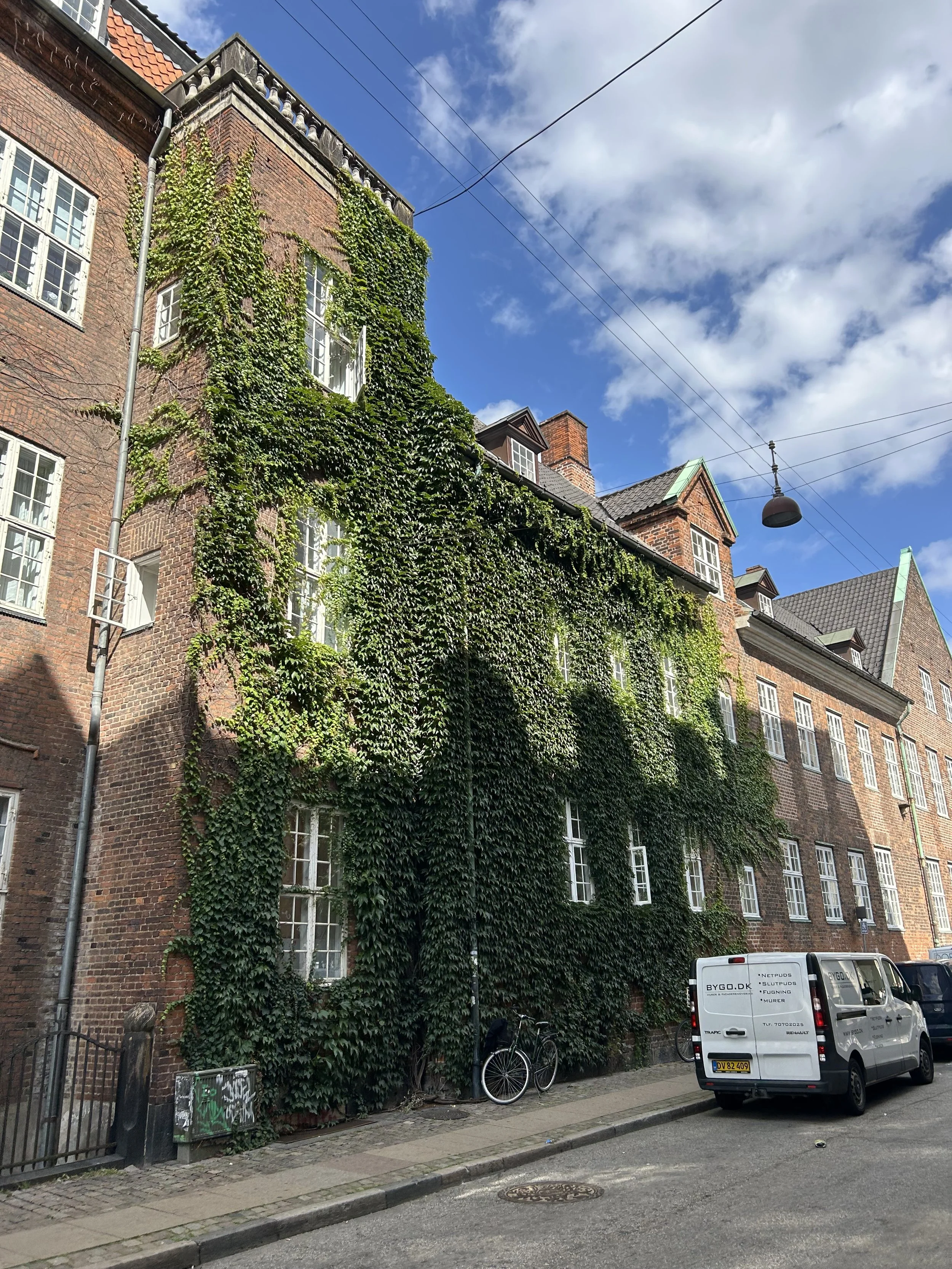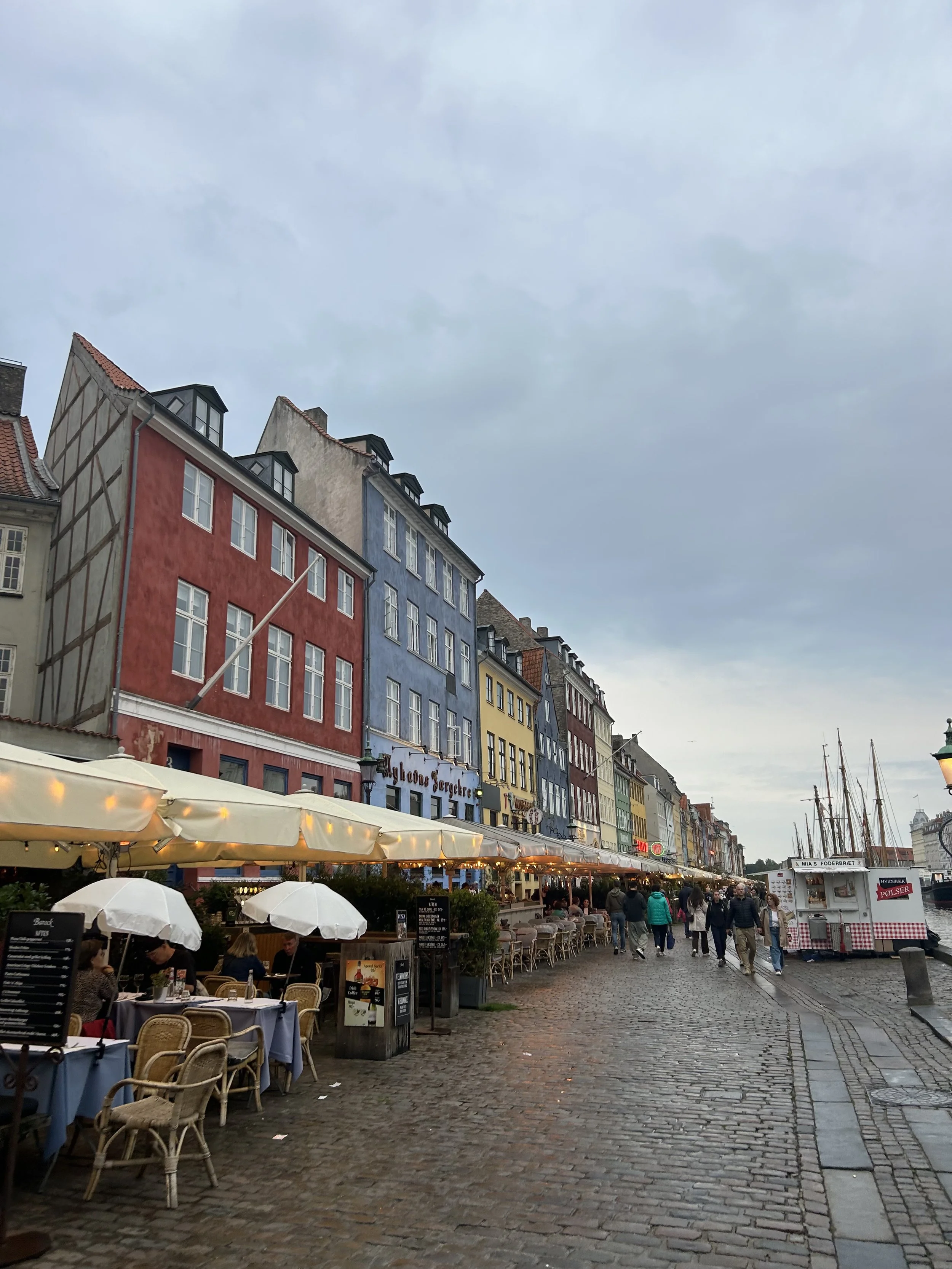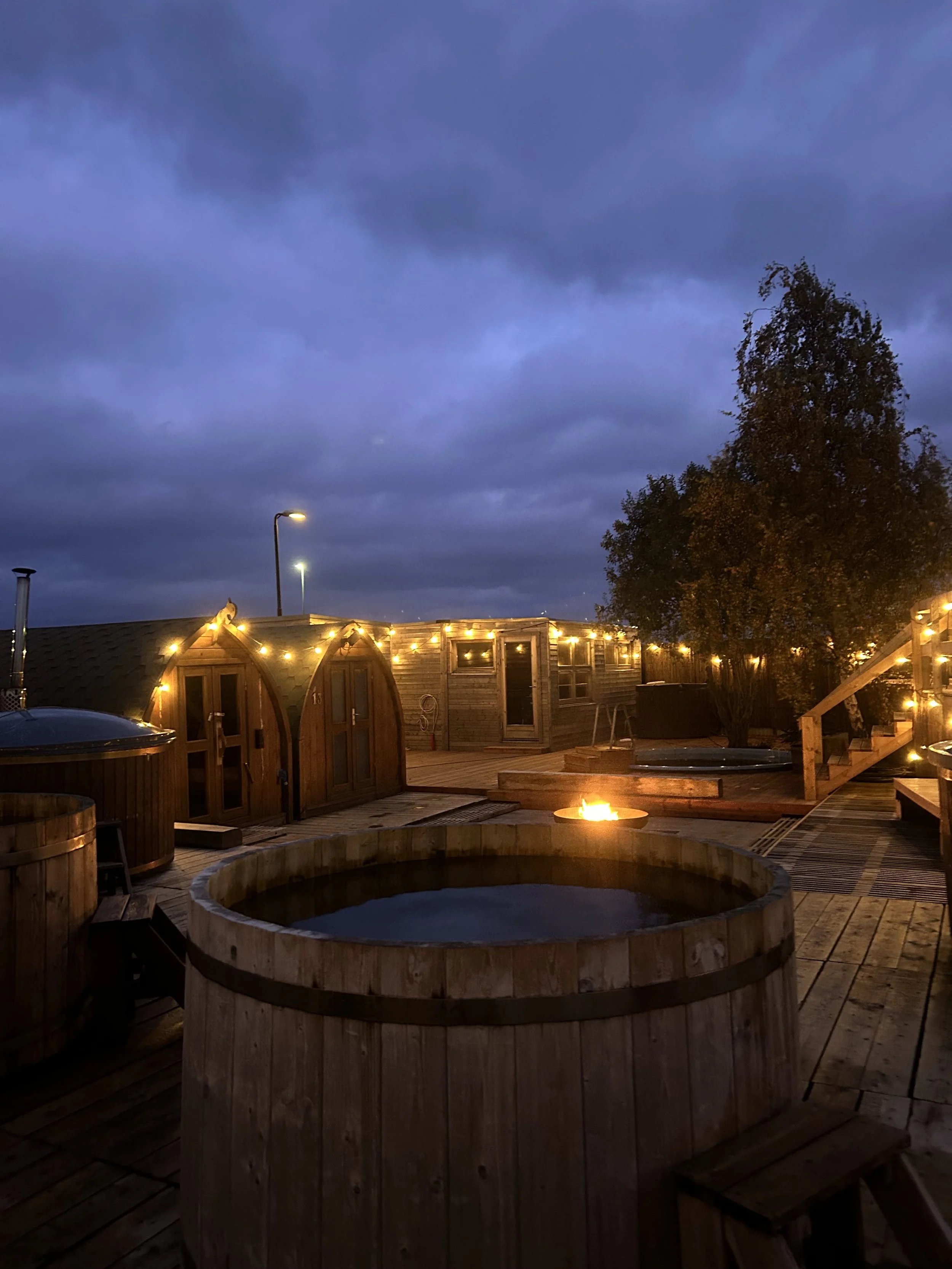Study Abroad in Copenhagen: Your Insider Guide
Introduction
A lot of people from Duke go abroad every year and absolutely love it, so I knew I would have a good time in Copenhagen. Although this is less important, I also definitely considered who was going and how many people from school would be in my program. I made a ton of other friends, but for the beginning of my semester, it really helped having a couple of friends and people I recognized from school there with me.
DIS makes students stay in Copenhagen for the first two weeks of the program, which I believe was really beneficial as it forced me to explore Copenhagen and connect with my classmates before jetting off for the weekends.
Why Study Abroad in Copenhagen?
Copenhagen is an amazing city to have as a home base. It is so safe, clean, and overall just more laidback than many other cities in Europe. I really feel like I settled in and was able to feel a strong connection to the city, which is harder in a bigger city. It was awesome to be able to come home on the weekends and not be in a city that was super overwhelming. The safety aspect was also huge for me as a woman traveling with mainly other women. I never once felt unsafe walking home at night or riding the metro, which cannot be said for a lot of other cities.
Despite loving it, cost is definitely a huge factor in Copenhagen. Copenhagen is very expensive, and if you are not used to big city prices, it can be an adjustment. Luckily, my program offered grocery stipends and cooking spaces, so students were able to save money on food. The cost of flights out of Copenhagen was unavoidable, though, as Copenhagen is too far north to have convenient train journeys available. Also, as a smaller airport, Copenhagen has fewer budget airline options compared to bigger study abroad cities such as Barcelona or Madrid. The tip I would give for that is to book flights a little further out than in other cities and look at SAS (Scandinavian Airlines) youth flights, which come at a discounted price for young people.
The academics at DIS were super cool, and I could not recommend them more. A lot of our learning was hands-on or field-trip-based. DIS also has two study trips that you take with your core class, which allows for awesome experiences. My core class was International Refugee Law, and, during our trip to Sicily, we were able to have dinner with refugees living in Italy to hear about their experiences getting refugee status. We also boarded a boat with an organization called La Mediterranea, which rescues refugees from boats sinking in the Mediterranean Sea. While on the boat, we got to discuss the experiences of rescuing people whom the Italian coast guard refuses to rescue because of their status as immigrants. Overall, DIS does a great job of getting students engaged in their learning, but don’t worry, the work itself is not that hard. Copenhagen is also a unique place to study because it is not a place many people have been before. When studying abroad in places like Spain or Italy, people have most likely been or heard a lot about the cities. With Copenhagen, I realized I knew almost nothing about Copenhagen and Denmark, which made for a very enriching cultural experience.
Housing Experience
I was in what DIS refers to as a residential community, which meant I was living with other American students. I lived in an apartment with five other girls. The location of my apartment was by far the highlight as I was right in the center of the city and a 5-minute walk from class every day. The actual accommodations were fine but definitely depend on who you get as your roommates.
I lived right near the main pedestrian shopping street in Copenhagen, Strøget, which was awesome. When I wanted to go on a walk, I was able to explore the center of the city. I had many friends who lived outside the city in very residential neighborhoods, so I felt very lucky. DIS does random housing, so it’s basically luck of the draw. I would say, though, that most people live a little further out of the city, and my friends who lived outside actually loved their locations and got to explore lesser-known areas of the city.
Top Local Recommendations
Food & Cafés
Emmerys is a coffee shop that they have on basically every corner, and it is super good. My favorite restaurants, though, were definitely Paludan and Cafe Flottenheimer. Paludan was a super cozy cafe that served full meals and allowed patrons to do their work, so I was there pretty often. For nicer restaurants, I would recommend: Cantina, Sticks and Sushi (Tivoli Haven because it overlooks the amusement park), Messaria, and Bazaar. The best food in Copenhagen definitely comes from the food halls: Reffen and Torvehallerne (Glass Market).
I’m going to be honest. I did not try much Danish food. Their main dish, smørrebrød, is essentially an open-faced sandwich usually served cold. Unfortunately, it was not for me, but if you are more adventurous, you should definitely try it.
Nightlife
Every Tuesday night, DIS students go to Proud Mary’s, an Irish bar in the center of the city, which has American night and plays American music. The better Irish bar, though, is about a 15-minute walk away and is called the Dubliner. They have live music and a DIS student discount! For clubs, the best ones in my opinion are Chateau Motel (but don’t go on Thursdays because it is all high schoolers) and ARCH. Also FarFars, which is a fun bar. When I was there, a girl in my program created a lot of events for DIS students, which included discounts or free entry at some clubs around Copenhagen, which was always fun.
Activities
Must-sees are: Tivoli (one of the oldest amusement parks in the world), Amalienborg and Rosenborg Castles, Christiania, and Nyhavn.
Anywhere on the canals is so pretty for sunrises and sunsets.
The Danish Design Museum is actually awesome.
Insider Tips
The metro system in Copenhagen is amazing. It is clean, quick, and basically always on time. The biggest caveat, though, is you either have to have an app or buy a ticket before entering as there is no tap-to-pay like in other cities. This also means that ticket collectors come around and will give you a fine for over $100.
Indre By, which means city center, is really cool, but the meatpacking district is also awesome.
Weekend Getaways (Your Favorite or Closest Destinations)
There weren’t many weekend trips nearby to do, but I definitely recommend carving out some time to see a little bit of Scandinavia because it is so accessible from Copenhagen.My favorite weekend trips overall, though, were Amsterdam, Florence, and Athens.
Closing Thoughts
Studying abroad was such an awesome experience and opened me up to a lot of personal growth in how I dealt with hard situations (which I had a lot of because I have terrible flight luck) and in understanding other cultures. I could not recommend studying abroad in Copenhagen more because I absolutely loved it. My one caveat is that the fall semester is much better than the spring semester. Copenhagen, while lovely, is very far north and gets cold and dark early in the year. If you go in spring, do not expect to have warm, sunny days until at least the end of March or April. For the fall semester, you get there when it is sunny and summery—which is so amazing because you get to swim in the canal and hang out outside—and it slowly gets colder and darker but also transitions to Christmastime, so you have something to keep you happy. Personally, I think I would have had a harder time if I arrived in Copenhagen when it was already cold and dark because it did get pretty depressing towards the end.
About the Writer
I am a junior at Duke, and I studied Political Science while abroad!




